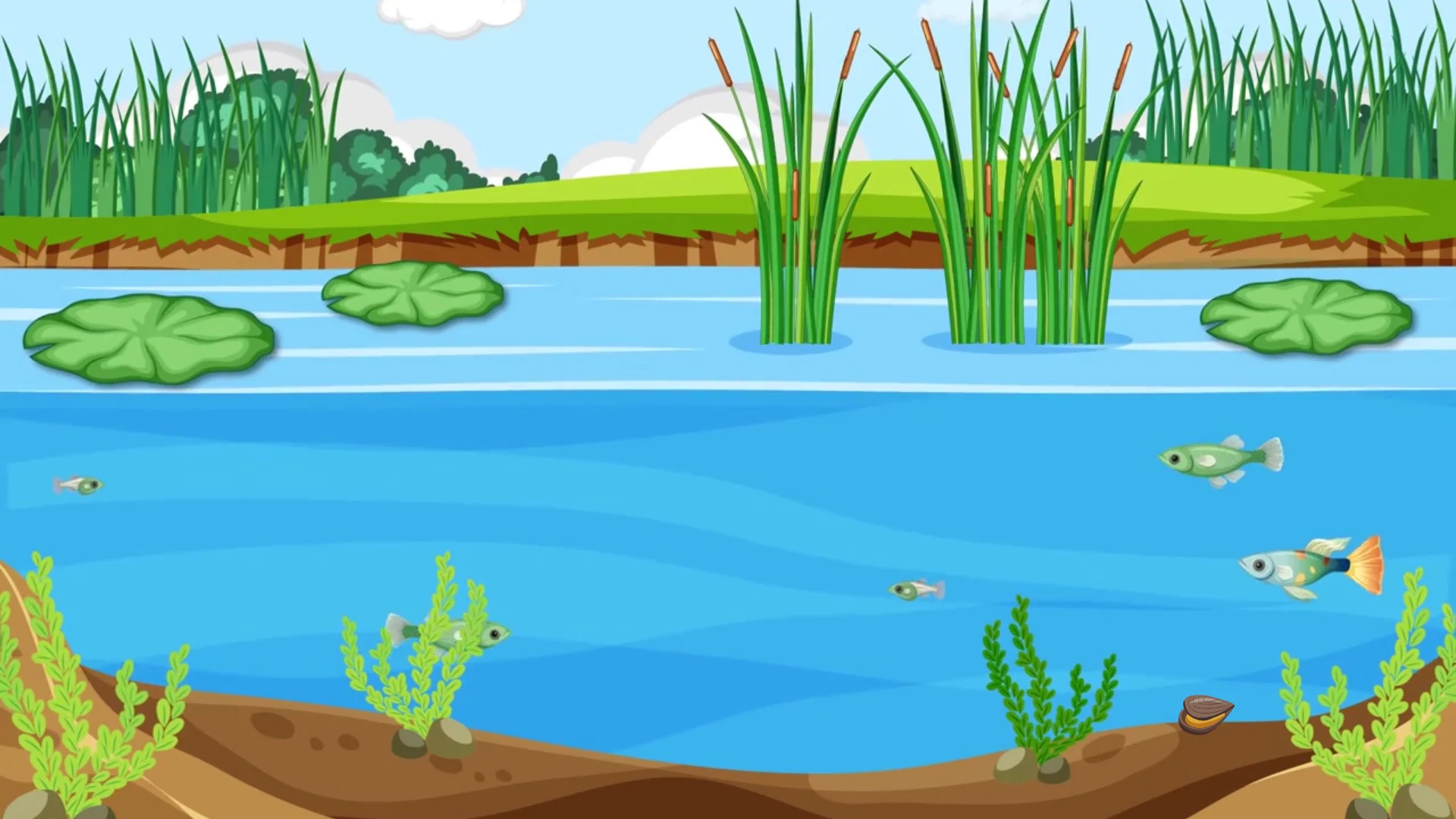
Three invasive species living in the Great Lakes
Invasive species threaten the health of the Great Lakes and its native animals.
The Great Lakes are an interconnected waterway that forms the most extensive freshwater system in the world.
It’s home to more than 3,500 native plant and animal species, alongside some uninvited guests.
Up to 64 different types of invasive species have taken up residence in the Great Lakes, threatening the health of the water and native species. Here’s a look at a few of them.
First, we have the quagga mussel, a filter feeder that dines on the phytoplankton native species that depend on it for food.
Next, we have the round goby. These fish disrupt the food chain by eating other species’ eggs.
Round gobies are prolific breeders. They can quickly establish themselves in new environments, pushing out native species.
Last, the Eurasian water milfoil is an aquatic plant that chokes out native vegetation and alters habitats.
It can grow up to 5 centimeters per day, forming dense mats that block sunlight from reaching other plants and animals.
Officials are working hard to keep invasive species populations under control in the Great Lakes – and you can help by adequately cleaning boating equipment, disposing of bait responsibly, and reporting sightings.










